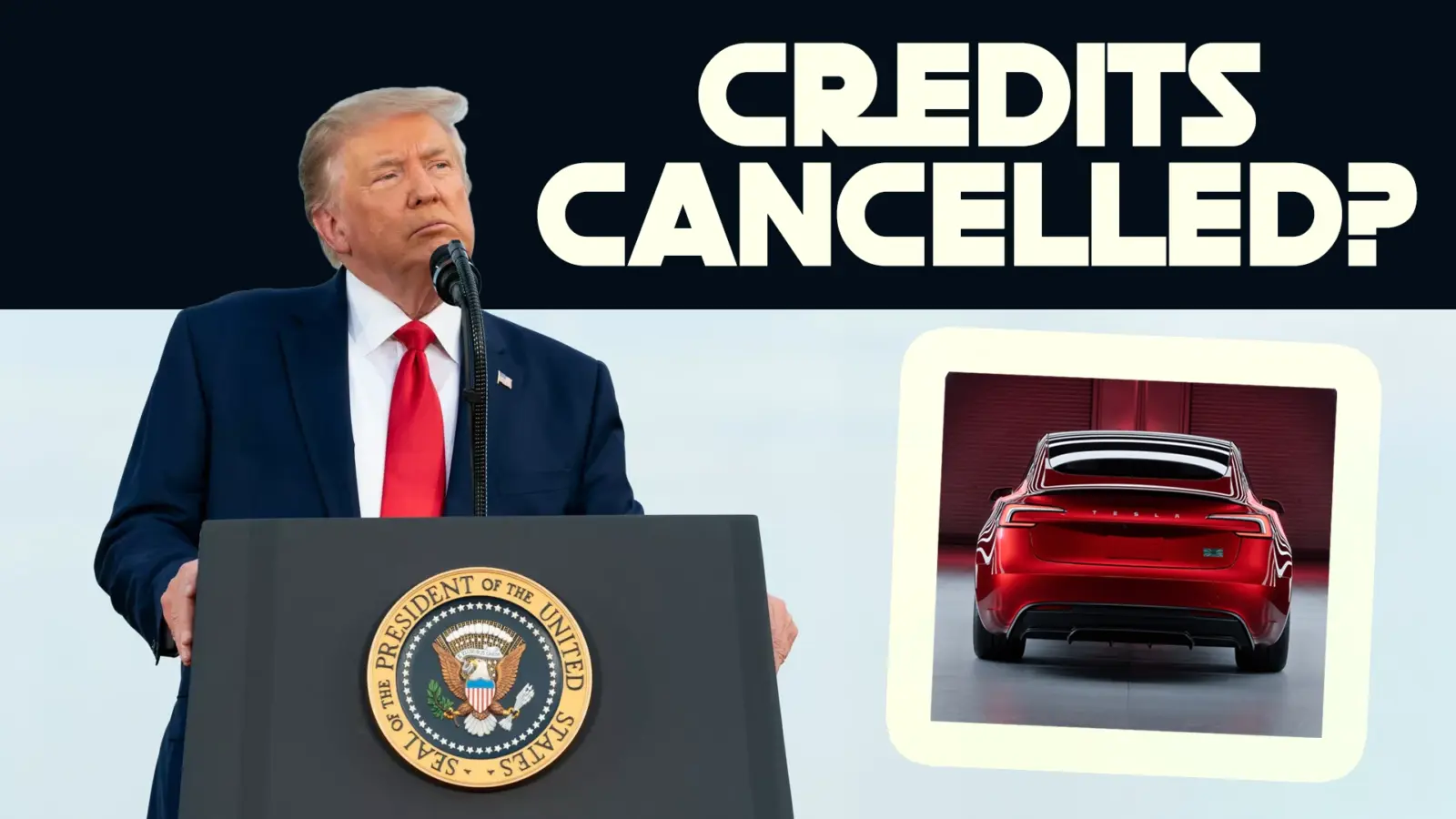The Future of Electric Vehicles amidst Political Shifts
Current events including regulatory and policy changes, may potentially impact the development and deployment of electric vehicles (EVs), particularly the economic incentives geared towards encouraging consumers to make the switch to EVs. According to reports, there have been attempts to end the $7,500 EV tax credit in the United States.
The Influence of Politics on the EV Market
The Electric vehicle industry has experienced rapid growth and expansion over the years, primarily associated with the pressing need for environmental sustainability. Climate change, coupled with the growth in technology and climb in gasoline prices, has facilitated the adoption of EVs. However, the political atmosphere significantly impacts this transitioning, chiefly through policy developments and adjustments.
For instance, former US President Trump reportedly expressed his intentions towards ending the $7,500 tax credit given to Electric Vehicle owners. This proposition has potentially enormous implications for both the consumers and EV automakers.
Understanding the EV Tax Credit: What It Is and How It Works
As a way to promote the adoption of electric vehicles, the US government introduced the Electric Vehicle tax credit. This policy refunds EV owners up to $7,500 on their federal tax, depending on the capacity of the battery used in the vehicle. The logic behind this is simple: the bigger the battery, the higher the credit.
However, the plan also has a phase-out period that begins once a particular manufacturer sells 200,000 qualified vehicles in the US. After crossing this threshold, the tax credit available to buyers of that manufacturer’s vehicles begins to gradually decrease over the subsequent quarters until it ultimately phases out entirely.
Why Is There a Pushback against the EV Tax Credit?
The tax credit policy has received criticism centered around the belief that EVs should be able to compete in the vehicle market without government support. Those opposed argue that the high-income earners primarily utilize these credits, which they believe to be unfair to the average taxpayer. Furthermore, there is a perception that the policy tends to favor particular manufacturers over others, creating an imbalance in the market.
Imminent Impact of the End of EV Tax Credit to consumers
If the EV tax credit is phased out, the primary punch will be felt by the consumers, especially those planning to venture into EV ownership. The tax credit eases the typically high upfront costs of electric vehicles, making them more affordable for more people. Without it, the purchase price may remain a significant barrier for many potential buyers.
Implications for the Future of the EV Industry
Inhibiting the EV tax credit could significantly impact the EV industry, slowing down its growth rate. Several automakers are investing heavily in electric vehicle technology with the expectation of long-term pay-off facilitated by incentives like the tax credit.
Without such encouraging measures, these manufacturers can expect to see a slowdown in EV sales, which may cause a significant ripple effect throughout the industry. However, many EV advocates believe that the technology’s benefits—like lower running costs and environmental sustainability—will continue to foster its expanding uptake globally, irrespective of the policy landscape.
The Future and Sustainability of EVs
There’s no denying that EVs have a critical part to play in the global transition towards environmental sustainability. Their contribution to lowering greenhouse gas emissions – principally through zero-emission transportation – is a significant leap towards achieving climate goals.
Although the disappearance of the EV tax credit may present a temporary bump in the road, the long-term prospects for the EV industry remain promising. Innovations in battery technology are expected to lower costs substantially, and the growing recognition of the environmental benefits of EVs is likely to continue driving growth.
Conclusion
In the face of potential policy changes and their resultant implications on pricing, the objective for the EV industry remains the same—to create an affordable, sustainable, and integrated electric transport system. However, a balanced collaboration between government and industry might be the optimal drive towards achieving this.
Can Electric Vehicles Thrive without Tax Credits?
Finally, it’s worth addressing whether the EV industry can thrive without the support of tax credits. Market dynamics are continually shifting, and while initial incentives have played a significant role in promoting the early adoption of EVs, the continuing fall in prices, coupled with technological advancements, may eventually level the playing field. Consequently, the industry is likely to sustain itself even in the absence of government incentives.
The mooted end of the $7,500 EV tax credit signifies a critical junction in the ongoing transition to Electric Vehicles. Nevertheless, market forces, environmental concerns, and technological advances are likely to continue driving the shift towards cleaner modes of transportation. Although the path might be challenging and complex, the journey towards sustainability in transport continues unabated.

Leave a Reply